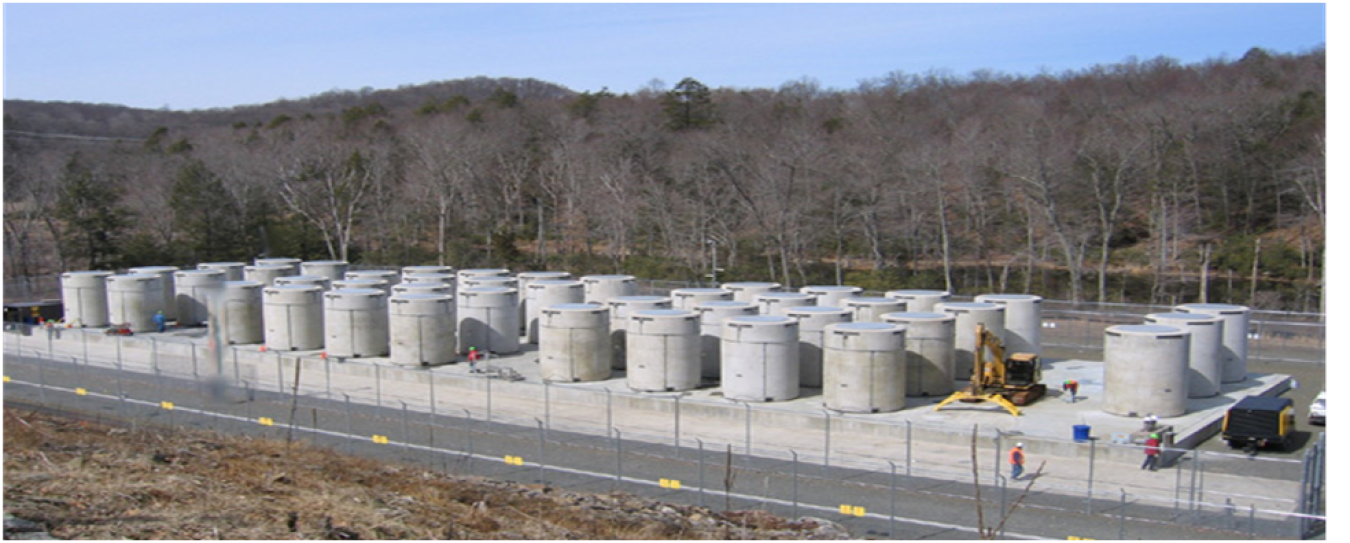
Nuclear Fuels Storage & Transportation Planning Project.
NFST Purpose
Within existing authorizations, the initial objectives of the NFST Planning Project were to identify, plan, and conduct activities to lay the groundwork for developing interim storage and supporting transportation capabilities. The NFST Planning Project activities are prioritized and executed such that they will provide a foundation for a new nuclear waste management organization, if authorized by Congress. Fundamental research and development (R&D) activities associated with the storage, transportation, and disposal of used nuclear fuel and high-level waste are being addressed in the Used Fuel Disposition Campaign. The NFST Planning Project is organized to address interim storage, transportation, and siting.
Interim Storage
Efforts are underway to evaluate design and operational concepts for an interim storage facility (ISF). This work provides input to DOE for consideration of possible options for development of storage facilities and a transportation system. The next steps will involve advancing these concepts with the eventual goal of developing a conceptual design. In order to promote the integration of at-reactor storage into the waste management system, industry contracts were awarded to evaluate concepts for standardized storage, transportation, aging, and disposal canisters compatible with different geologic disposal media.
Transportation
To support interim storage, the NFST Planning Project has initiated activities to prepare for the large-scale transportation of used fuel to one or more ISFs, with a focus on shutdown reactors that still have inventories of used nuclear fuel on site. The NFST Planning Project is engaging with state regional groups, other governmental organizations, and Native American tribal members to complete the procedures for: providing funding and technical assistance pursuant to section 180 (c) of the Nuclear Waste Policy Act of 1982 for public safety and emergency preparedness programs; routing and communications; and the development of preliminary routes for shipments of used nuclear fuel.

